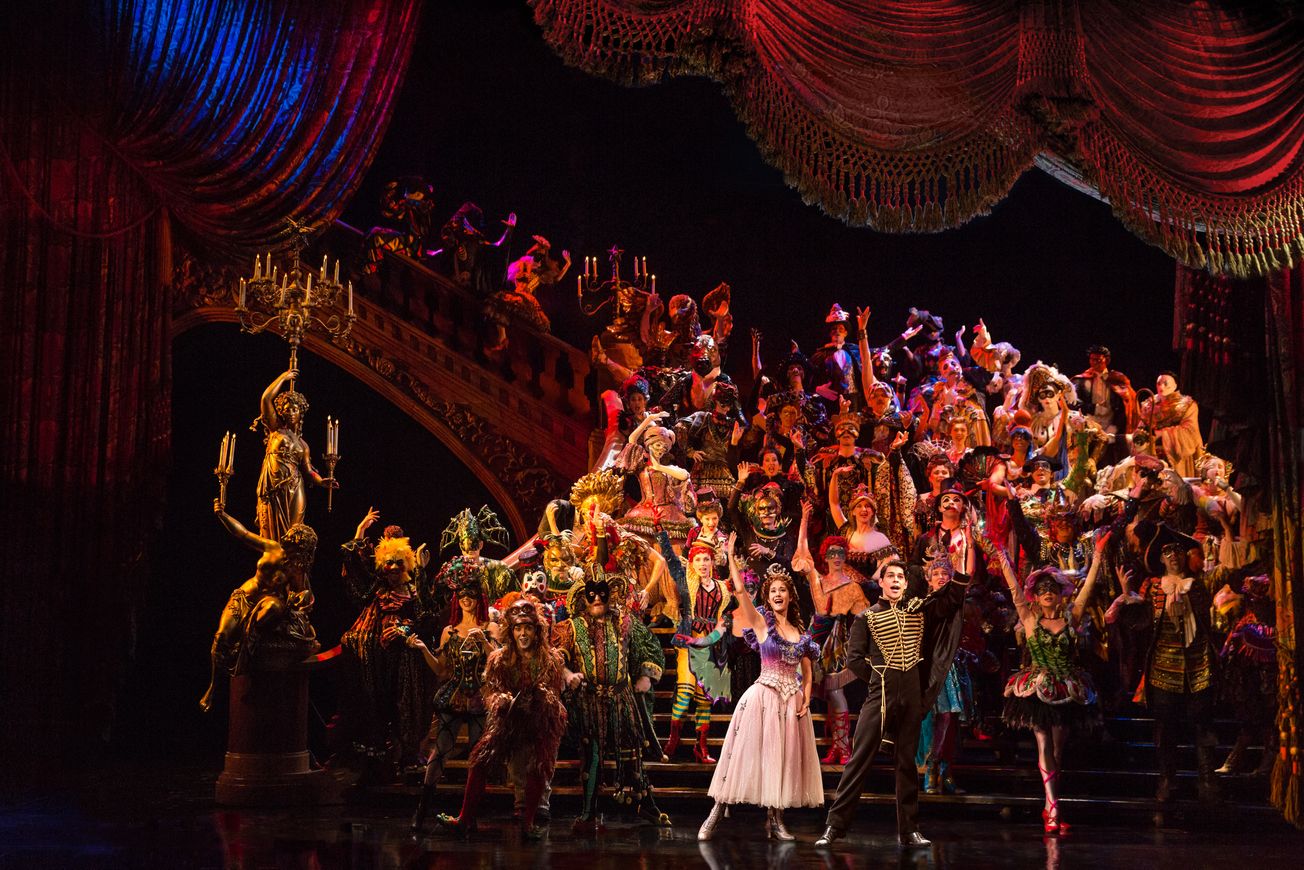After three decades of working on “Phantom of the Opera,” its vendors have lost count of how many masks and costumes they have created for the show.
Since opening on Broadway in 1988, “Phantom” has kept many of its original suppliers, who have continued working on the show to maintain their original work or equipment. That means that as the show celebrates 30 years on Broadway this week, an unprecedented milestone, it also stands as the longest job these costume shops, set shops and other suppliers have had on Broadway.
At the Parsons-Meares costume shop, working on the show for three decades largely means replacing certain ensemble costumes as they encounter wear and tear, which is a process owner Sally Ann Parsons said some of her employees can now “do in their sleep.”
However, the construction of one of Christine Daaé’s costumes, which can involve petticoats and bustles, is more labor intensive.
“Most of her costumes are in the 200 to 300 hours,” Parsons said. “Maybe more.”
The shop does not always make new costumes when new cast members come in, as costumes can often be adapted to fit the actor or can be taken from other productions.
The Phantom’s mask is a different story.
Every time a new Phantom starts in the production, Rodney Gordon is called in to make the actor two new masks and a fedora. With 30 years of practice, Gordon and his assistant can make a new Phantom mask in a day, if needed.
Gordon’s shop uses the same mold to sculpt each mask in clay, cast it in plaster and then create a large vacuum-formed piece of plastic, which he later cuts down or alters during a fitting with the actor.
The iconography of the mask has largely remained the same during the show’s history, but the mask itself has undergone subtle changes.
For example, “In the beginning the mask didn’t have an eyebrow in relief,” Gordon said.
Many of “Phantom’s” vendors, including Gordon, have also worked on tours or sit-down productions of the show, which require their own set of props and costumes. Each company begins with nine Phantom masks for actors and doubles and 10 additional masks to place on a chair at the end of the show, Rodney said.
But that also means that the Broadway show has a stockpile of accessories to choose from if the need arises. That includes the wealth of hats Rodney has created including headwear for the onstage policemen, firemen, porters and stagehands, not to mention a handful of helmets and the elaborate headdresses and masks worn by both actors and dummies in the “Masquerade” scene.
Other long-term contractors on “Phantom” include iWeiss, which provides draperies, PRG Lighting, formerly Four Star Lighting, which continues to provide lighting equipment and Hudson Scenic Studios, which built the original scenery and continues to make repairs and freshen up the paint.
One key element of Hudson Scenic’s continuing work on “Phantom” is replacing batteries or burned out parts related to the remote-controlled boat that ferries the Phantom and Christine down to his lair. That repair process is comparable to “the same kind of maintenance that you would do on a car,” said owner Neil Mazzella.
“We’re talking about a boat that’s 30 years old,” Mazzella said.
He added, however, that the current boat is not the original one built for Broadway, as his shop built a second boat that debuted about three months into the run so that it could be updated with infrared technology and controlled more easily.
Because Hudson Scenic is a “Broadway-centric” shop, “Phantom” is inevitably the longest relationship the company has had. But Mazzella notes that Hudson Scenic is older, having started 37 years ago.
“We’re longer running than ‘Phantom,’” Mazzella said.


























































